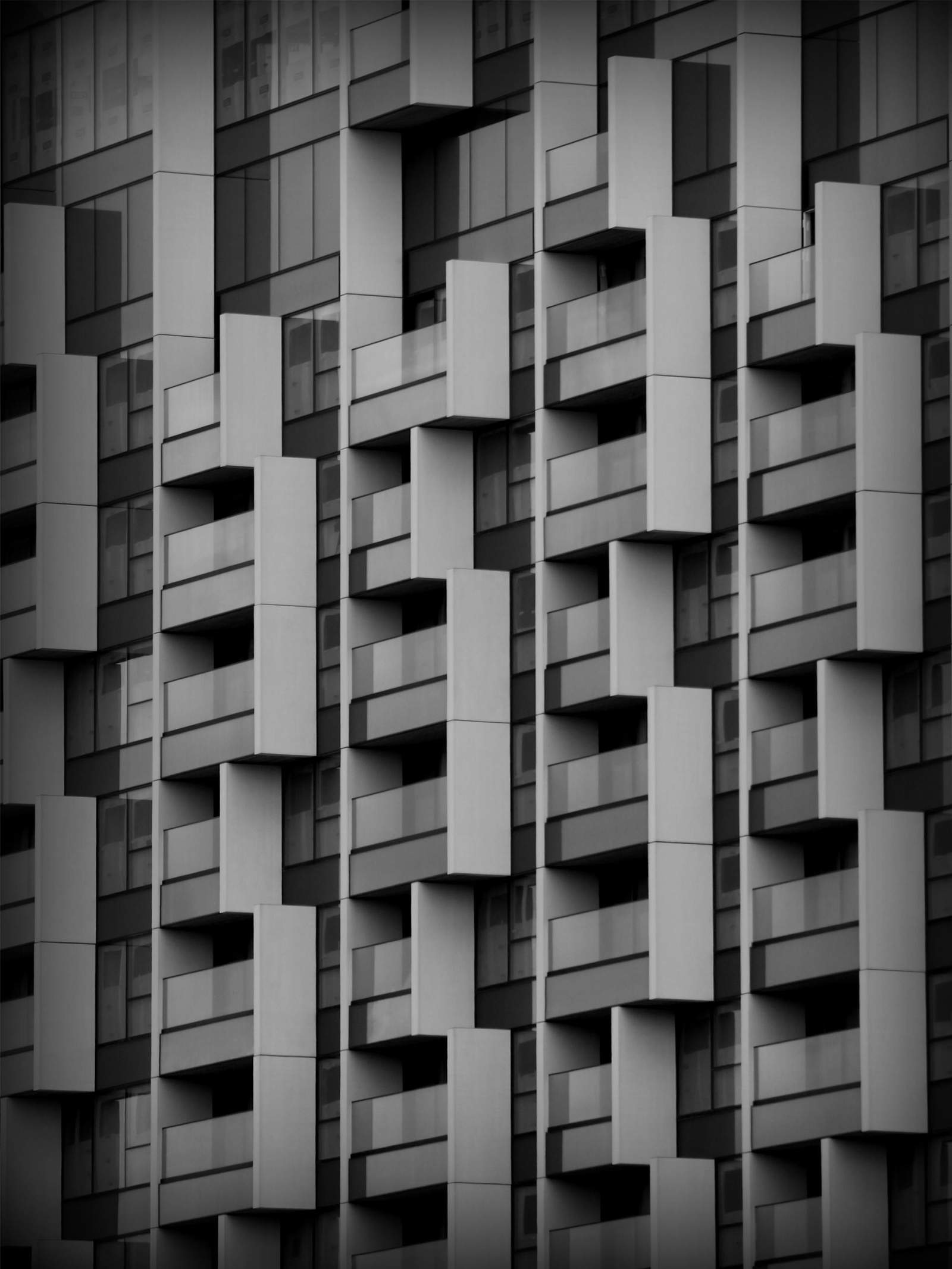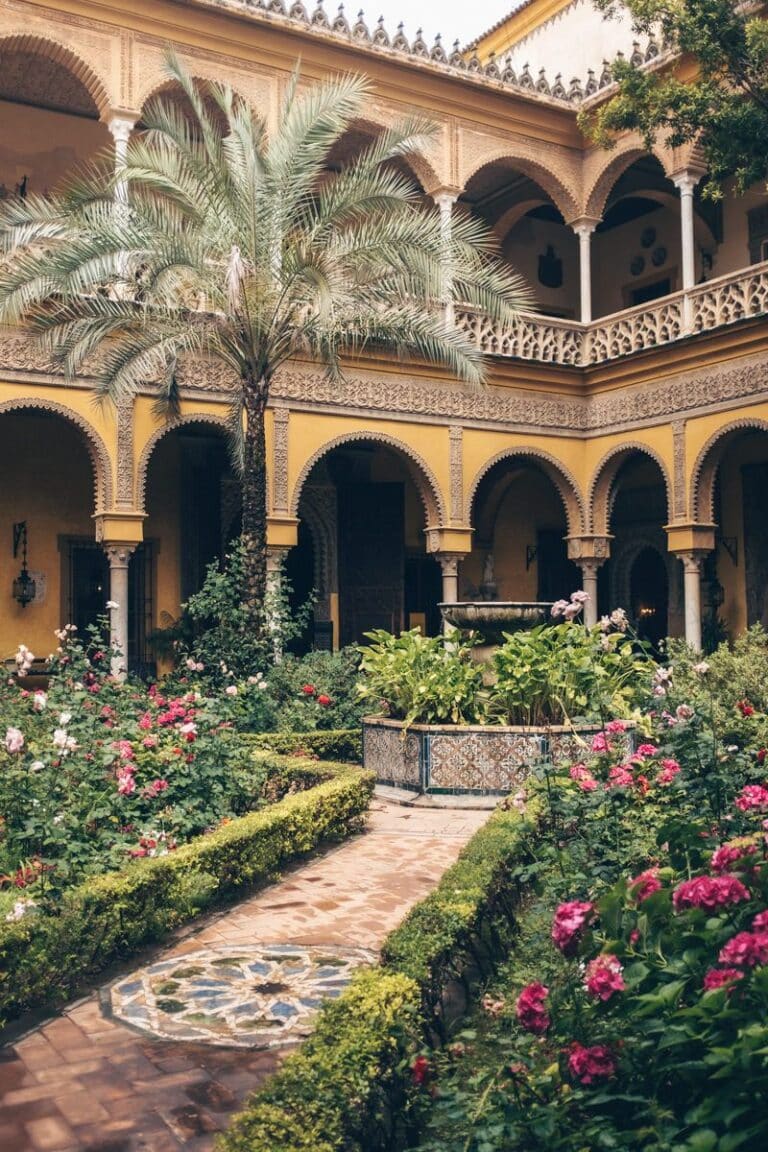Introduction
In the world of architecture, where functionality meets beauty, the concept of architectural rhythm stands out as a core principle that brings visual and kinetic harmony to buildings. Rhythm in architecture is not merely the repetition of elements—it is a deliberate organization that guides the eye and stirs emotion, much like musical rhythm affects the ear.
Definition of Architectural Rhythm
Architectural rhythm is the intentional repetition of architectural elements such as windows, columns, openings, or colors, arranged in a visually recognizable pattern. This repetition is used to inject vibrancy into the design, direct attention, and achieve balance and harmony within architectural spaces.
Types of Rhythm in Architectural Design
Repetitive Rhythm:
This type involves the repetition of a specific architectural element at regular spatial or temporal intervals—for example, repeating columns or windows with the same size and shape.
Progressive Rhythm:
This rhythm is based on the gradual variation in size or shape of elements, which conveys a sense of movement or evolution—such as gradually shrinking windows on a building façade.
Alternating Rhythm:
Here, two or more elements are repeated in an alternating sequence—such as alternating colors or shapes across a façade—to create a dynamic visual flow.
Random Rhythm:
Used when aiming to create an unexpected effect, this rhythm appears irregular yet is governed by aesthetic rules that maintain architectural balance despite the seeming randomness.
More on ArchUp:
Importance of Rhythm in Architecture
Visual Guidance:
Rhythm helps guide the viewer’s gaze through architectural space, making it easier to understand the overall composition of the building.
Achieving Balance:
It contributes to visual balance between elements, giving the design a sense of stability and coherence.
Adding Vitality:
Rhythm adds motion and dynamism to the design, giving the building a unique personality and capturing the viewer’s interest.
Enhancing Architectural Identity:
By using rhythm in innovative ways, architects can express their unique vision and emphasize the identity of a building.
Applications of Rhythm in Modern Architecture
In modern architecture, rhythm is used in diverse and expressive ways that go beyond simple repetition. A prime example is the Arab World Institute in Paris, where architect Jean Nouvel designed a façade composed of geometric apertures that change dynamically. This creates a shifting visual rhythm that infuses the building with life and interactivity.
Conclusion
Architectural rhythm is more than just the repetition of elements—it is a powerful design tool used to organize space, direct attention, and bring beauty and vitality to structures. By understanding and intelligently applying different types of rhythm, architects can create designs that inspire admiration and achieve a harmonious balance between function and aesthetics.







